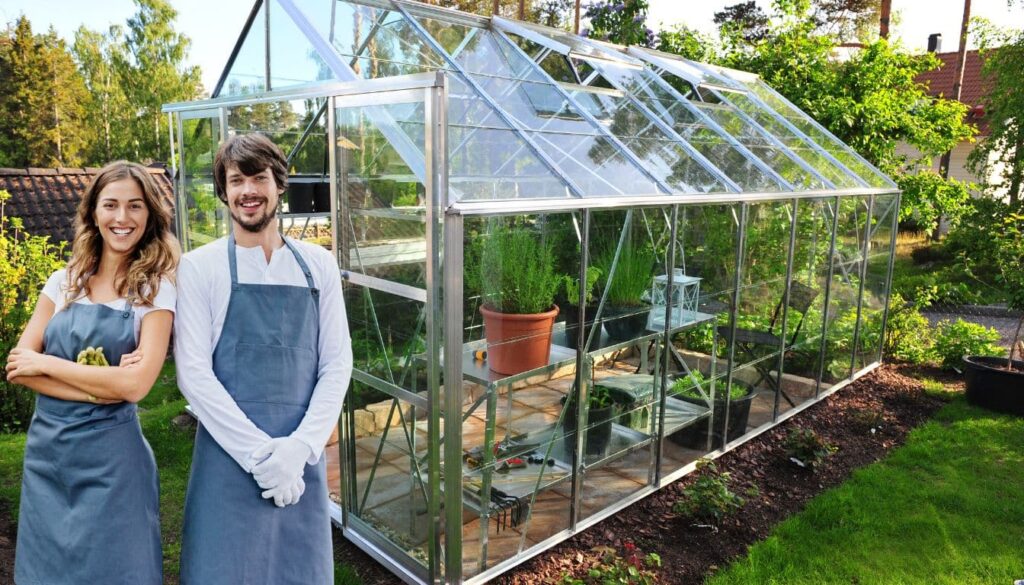Want to see your orchid bloom again in all its glory, but don’t know where to start? Don’t worry, we have collected expert advice to give you the best solutions.
A journey through gardens of wonder, where we will reveal the tricks to transform your beloved plant into a true spectacle of color.
Get ready to discover secrets that will bring out new stems and buds, bringing life back into your home!
Understand the dormancy period
Orchids, especially those of the variety Phalaenopsisthey go through a phase called dormancy after flowering.
During this time, the plant is at rest and preparing energy for its next burst of flowers. Don’t panic if it seems like your orchid is less vibrant during this time; it’s completely normal.
To stimulate new flowering, it is essential to take care of the plant even during dormancy. Maintain an adequate watering routine, preferably with proven methods, and remember that the plant still needs light, albeit indirect.
The power of light and temperature
Indirect sunlight is the secret to a healthy, ready-to-bloom orchid. Place your orchid in a place where it can receive plenty filtered light. Avoid exposing it to direct sunlight, which can damage the plant’s leaves.
Another key element is the temperature variation between day and night, as it favors the production of new stems. A difference of about 10 degrees between day and night can be an effective trick to stimulate flowering.
Repotting: a fundamental step
When your orchid is no longer blooming, consider repot it. Gently remove the orchid from its old pot, remove the dead roots and reposition it in a new, fresh substrate, preferably composed of fir bark for better aeration and drainage.
This process not only provides additional space for the roots to grow, but also encourages the plant to produce new flowers.
Hydration and humidity
Another crucial aspect is the correct irrigation. Orchids need to let their roots dry out between watering, so be sure to give your plant enough time to dry out.
Typically, watering once a week is enough, preferably with ice for gradual watering.
The orchid appreciates a humid environment, so don’t hesitate to use a humidifier or spray water on the leaves to maintain correct humidity around the plant.
Fertilization: the extra energy
Orchids benefit from regular fertilization, especially during the growth phase. Use a balanced fertilizer at half strength once or twice a month.
This will give your plants the extra energy needed to produce new flower stems.
Avoid fertilizing during watering periods to avoid over-stressing the roots.
Strategic pruning
Pruning the orchid correctly can stimulate its flowering. If the flower stem is still green, cut it about 2cm above the first node. If the stem is brown, cut it at the base.
This allows the plant to direct its energy towards developing new flowers.
The pruning it not only promotes flowering, but also helps keep the plant healthy and vigorous.







